Best of 2023: Complications
From Audemars Piguet and Patek Philippe to surprisingly, Jacob & Co.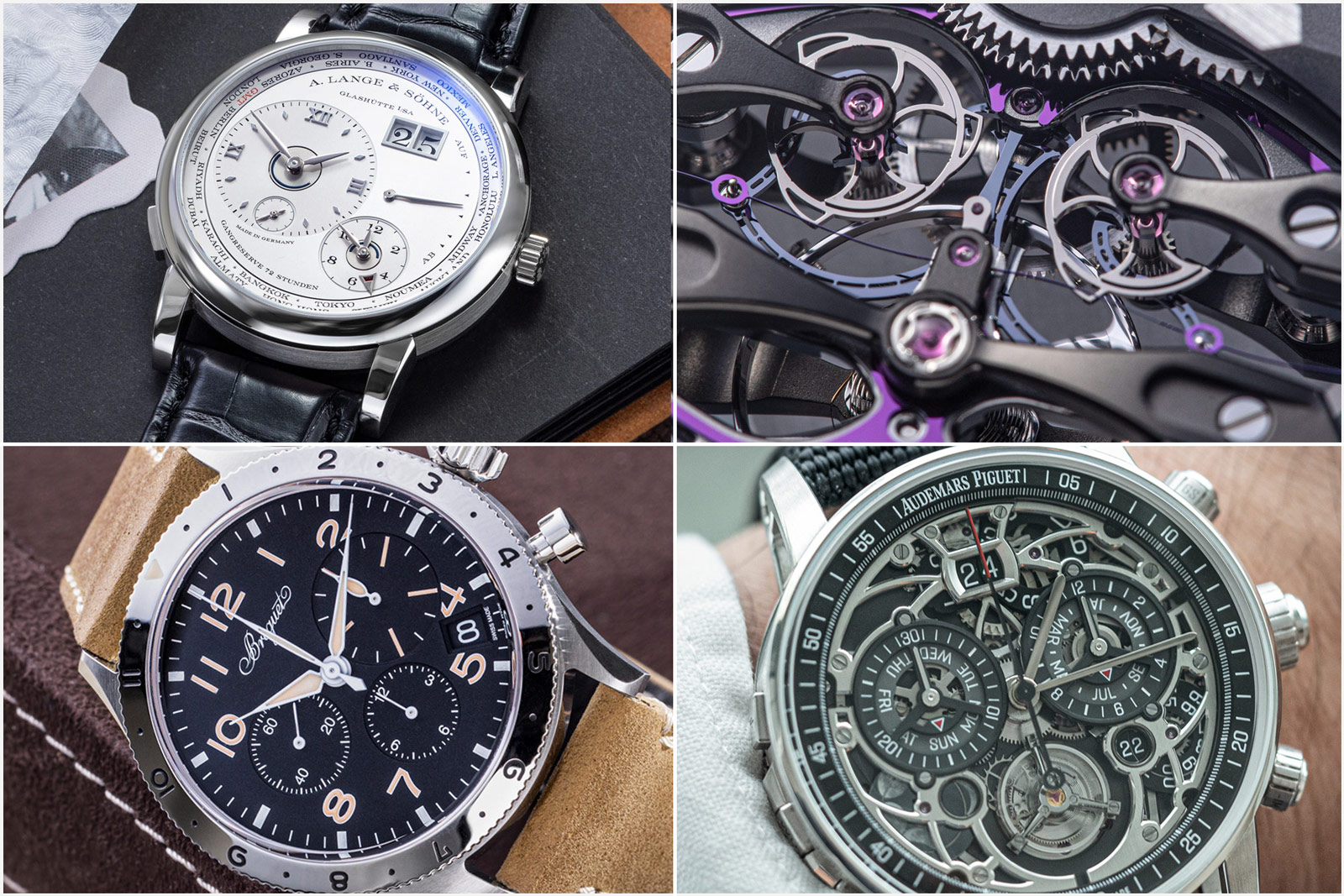
Twenty twenty-three was a year where familiar complications were reimagined. The year’s standouts in terms of complications are characterised by good execution. Granted, most of of them are evolutionary, except perhaps for the Audemars Piguet Universelle, but a classic complication done well is arguably superior to a novel idea done badly.
We asked our team members well versed with the year’s complications for their favourites and here they are.
SJX
The year’s most complicated and most impressive (multi) complication came from a surprising brand, Audemars Piguet. Even though it was the Royal Oak Travis Scott and Royal Oak Concept “Spider-Man” that captured the headlines, the Code 11:59 Universelle was questionably AP’s most important watch of the year from a watchmaking perspective.
The Universelle manages to pack almost two dozen complications, including a grande sonnerie, perpetual calendar, split-seconds chronograph, and notably, automatic winding, into a case that’s just 42 mm wide and 15.55 mm high – a positively slender case by the standards of grand complications. By comparison, the F.P. Journe Astronomic is 44 mm by 13.7 mm, while the Patek Philippe Grandmaster Chime measures 47.7 mm by 16.07 mm.
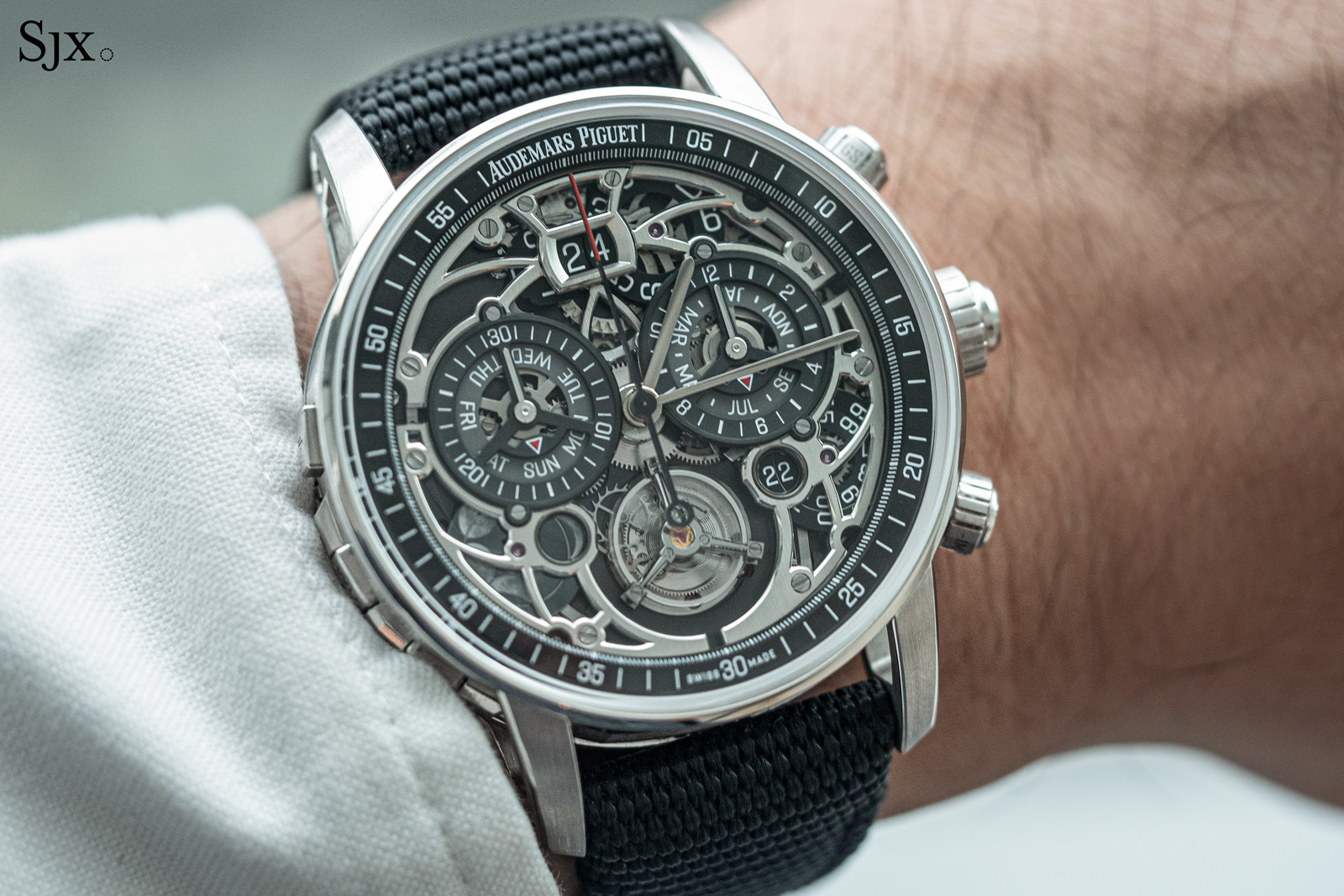
AP managed to do that with sophisticated and ingenious engineering, most notably by integrating the split-seconds mechanism into the automatic winding hub. The clever technical solutions are also evident in the calendar, which has an extra-thin construction adopted from the Royal Oak RD#2 and an easy-to-operate interface. This user-friendly approach is also found across the other complications, making the Universelle arguably the easiest grand complication to operate – a substantial achievement in this rarefied segment.
Reflecting AP’s substantial stable of movements that are built on the same basic architecture, the Royal Oak Concept Split-Seconds Chronograph GMT, also launched this year, shares several similar features, including the oversized, two-digit date and the split-seconds integrated into the rotor. So for someone who just wants only the cleverly-constructed chronograph, this is an appealing proposition.
Admittedly, the Universelle isn’t the prettiest watch, although the open-dial version is substantially more appealing than its solid-dial counterpart. I can imagine a few tweaks that would enhance its attractiveness, at least in my eyes, so future iterations of the models are likely.

Another “big three” brand that merits a mention is Patek Philippe with its Minute Repeater Alarm ref. 1938P-001. Created to mark Philippe Stern’s 85th birthday – the model reference is his birth year – the ref. 1938P combines the brand’s R 27 minute repeater movement with the chiming alarm first seen in the Grandmaster Chime (which like the AP watches above show how mechanisms and movements can be iterated and shared).
The base movement means the watch is a conventional minute repeater activated via a slide on the case, but the additional alarm mechanism allows it to chime a pre-set time. Patek Philippe remains the first and only brand to have a time-striking alarm mechanism.
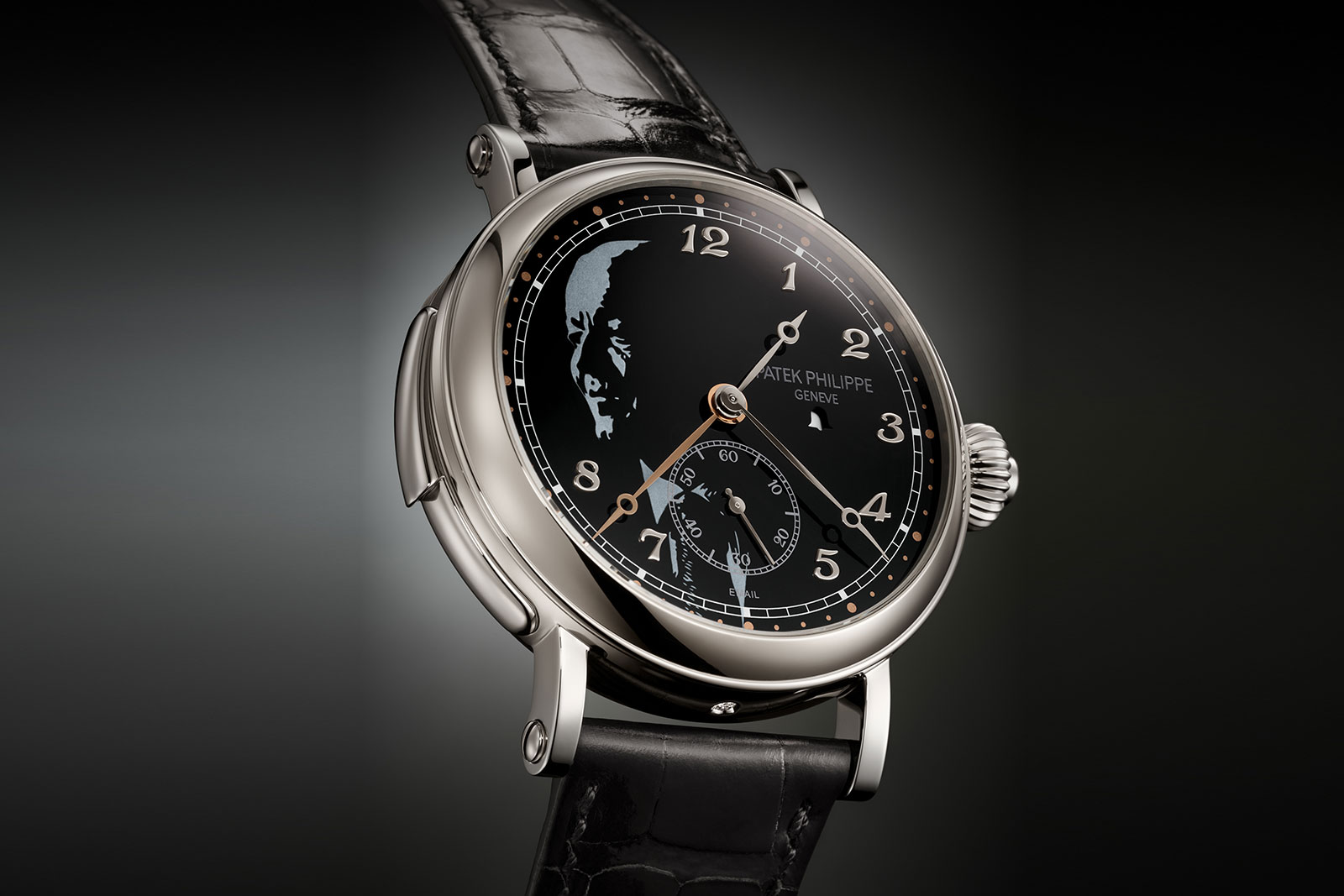
A monochromatic portrait of Mr Stern sits on the left half of the enamel dial – the most criticised element of the watch. On its fact the portrait looks out of place, but for a specific group of people – longtime, important clients of the brand who are personal friends of Mr Stern – it surely serves as a reminder of the relationship and Mr Stern’s stature.
Arguably more of a shortcoming is the case, which at 41 mm by 14.2 mm makes it one of the larger Patek Philippe complicated watches. So despite the classical, 1980s style case, this is a chunky watch.
At the other end of the spectrum in style and form is the Jacob & Co. Astronomia Revolution. While this might look like yet another Astronomia, the Revolution achieved something few watches have – rotate a large, heavy component at a relatively high speed all the time. This is typically difficult or even impossible due to the large amounts of energy required.
Specifically, the central carousel, made up of the time display, double-axis tourbillon, and ruby seconds indicator, makes one revolution a minute. Unsurprisingly, the Astronomia Revolution has a brief, 36-hour power reserve.
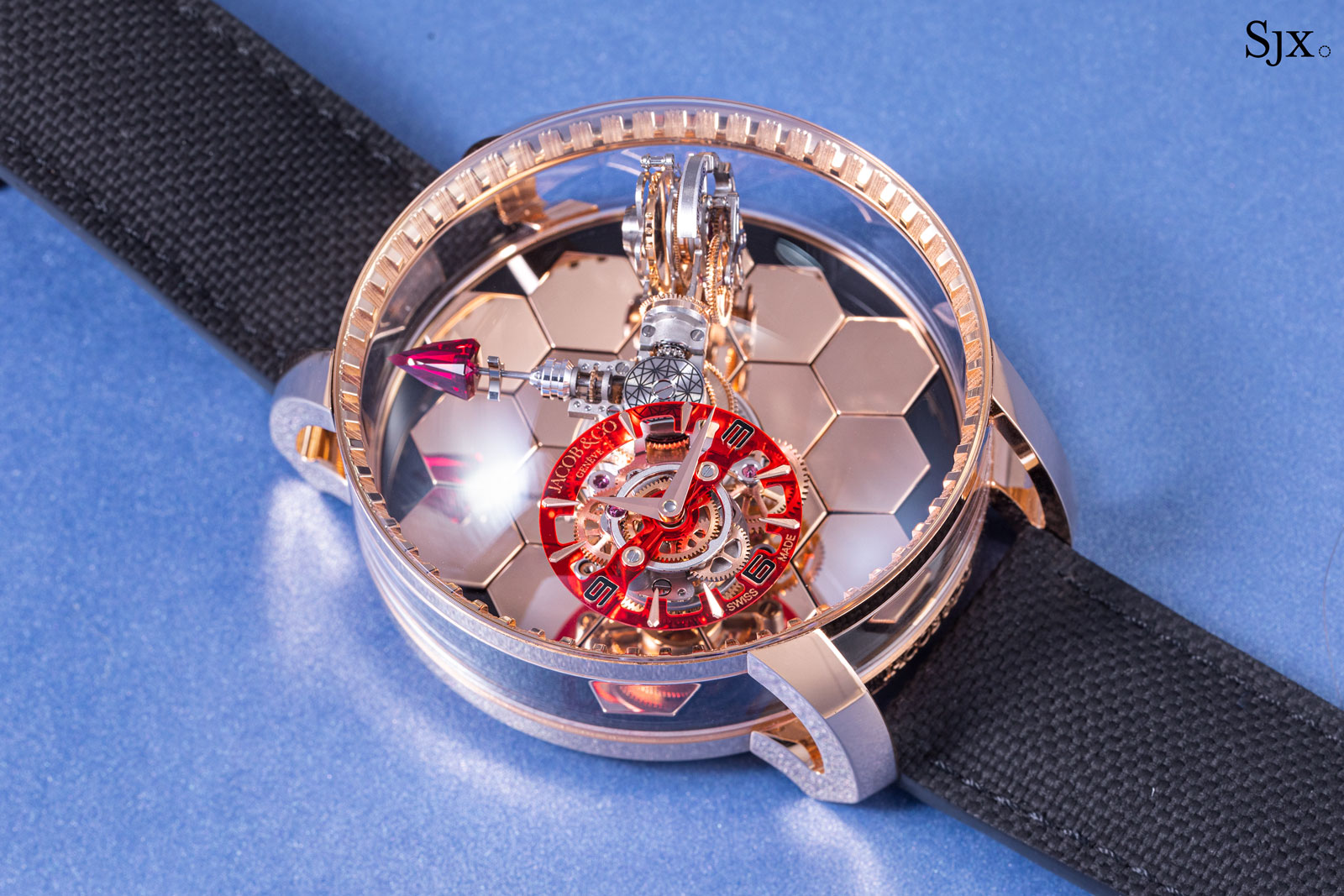
This is made possible by a one-sixth-of-a-second constant-force mechanism that recharges and releases every sixth of a second, with each release driving the carousel forward by one step. In other words, the carousel moves forward by six steps every second, giving it an almost-smooth motion.
The Astronomia Revolution is very much Jacob & Co. in style, so it’s not for everyone, and also in price, which at US$600,000 is difficult to rationalise.
Richard Lee
Technical Editor
I wish the Breguet Type XX was a little smaller and sans date – I admit I’m not a fan of the design – but the discussion around the aesthetics obscures the most important aspect of the watch, the cal. 728 inside. It’s not often that an all-new, in-house chronograph is unveiled, especially one that has novel features.
The main innovation of the cal. 728 is the flyback system that incorporates a latching mechanism ensuring consistent operation of the reset hammers. It is perhaps unfortunate that the large bridges plates conceal most of the parts underneath, as the interplay between the levers is interesting to observe in operation.

Additionally, the movement has the vertical clutch located directly in the centre of the movement, avoiding any possible stuttering of the chronograph seconds which may occur from an indirect train. This also pairs well with the high-frequency 5 Hz balance wheel, ensuring a smooth sweep of the chronograph seconds hand.
In short, the cal. 728 has a surprisingly sophisticated construction for a sports chronograph, with emphasis on with usability and performance. It would be interesting to see its use in future models.
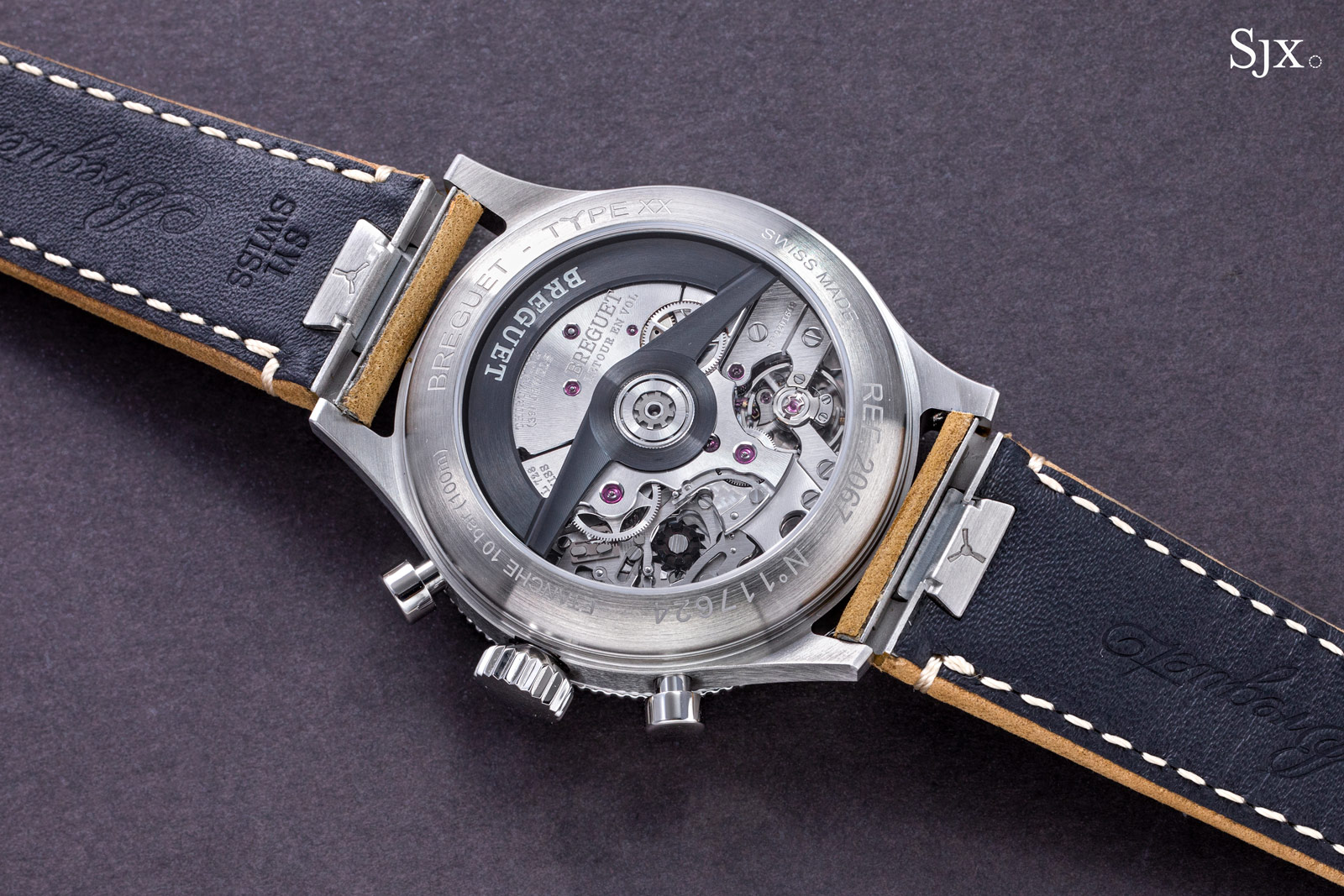
While some might argue it’s not a complication per se, the Girard-Perregaux Neo Constant Escapement (NCE) sports a truly novel escapement that’s unlike any other. It combines a historical concept with cutting edge technology: Abraham-Louis Breguet’s “natural” escapement with double escape wheel and a silicon compliant mechanism made up of a blade that acts as a constant-force device.
With the original Constant Escapement having made its debut a decade ago, the NCE is a smart evolution of the original design – both mechanically and aesthetically. I appreciate the fact that Girard Perregaux decided to further develop this unique escapement, instead of leaving it as a one-off project consigned to the history books. This indicates the brand sees promise in the design, particularly since multiple additional patents relating to the escapement have been filed over the past decade in the lead-up to the release of the NCE.
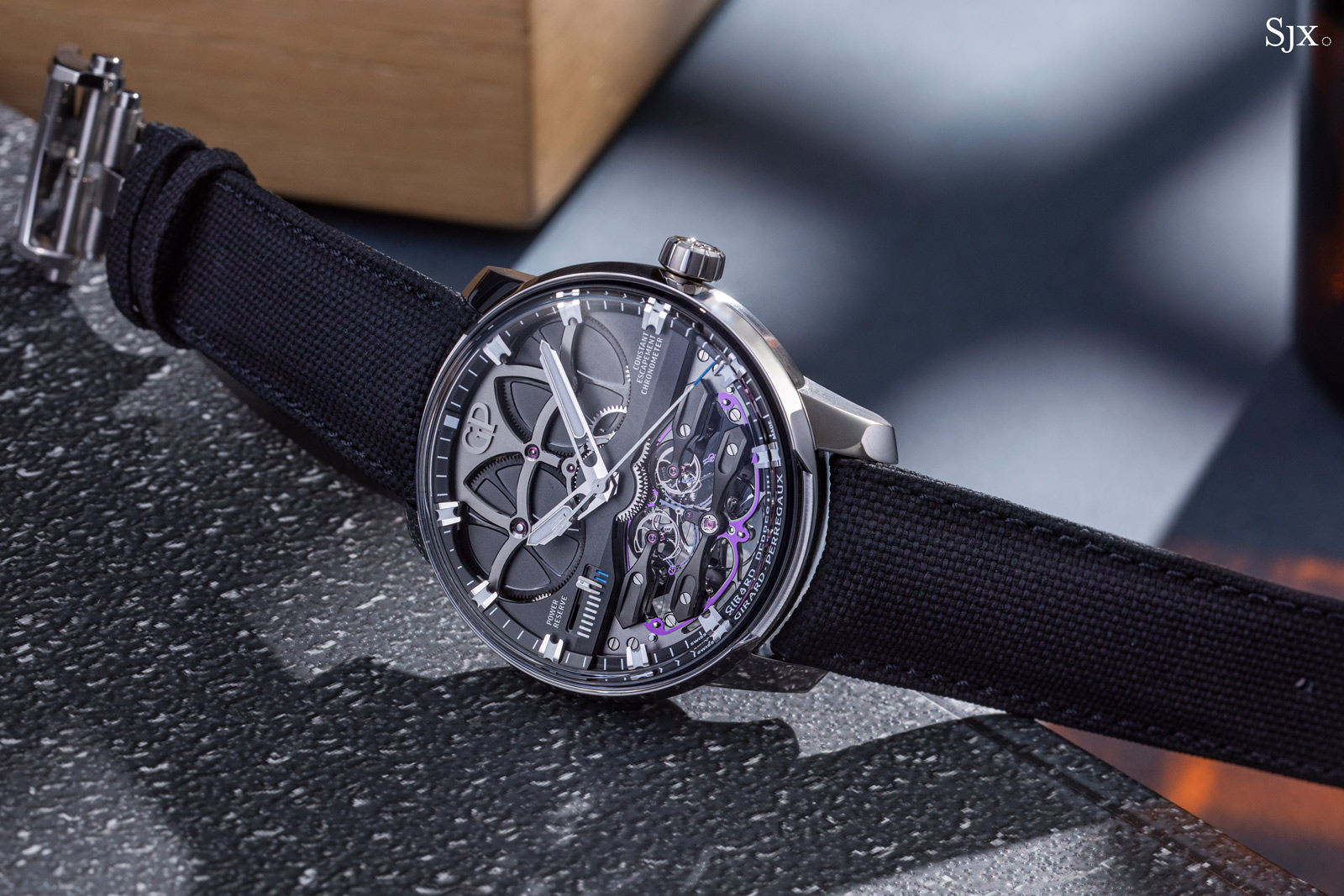
Perhaps the most impressive aspect of the NCE is the careful integration of the silicon compliant mechanism, a groundbreaking addition to the conventional Swiss lever escapement. It is mechanically complex to constantly replenish the energy required to flex the silicon blade, which necessitates the complex double escape wheel setup – resulting in a mechanical spectacle as it ticks and ticks.
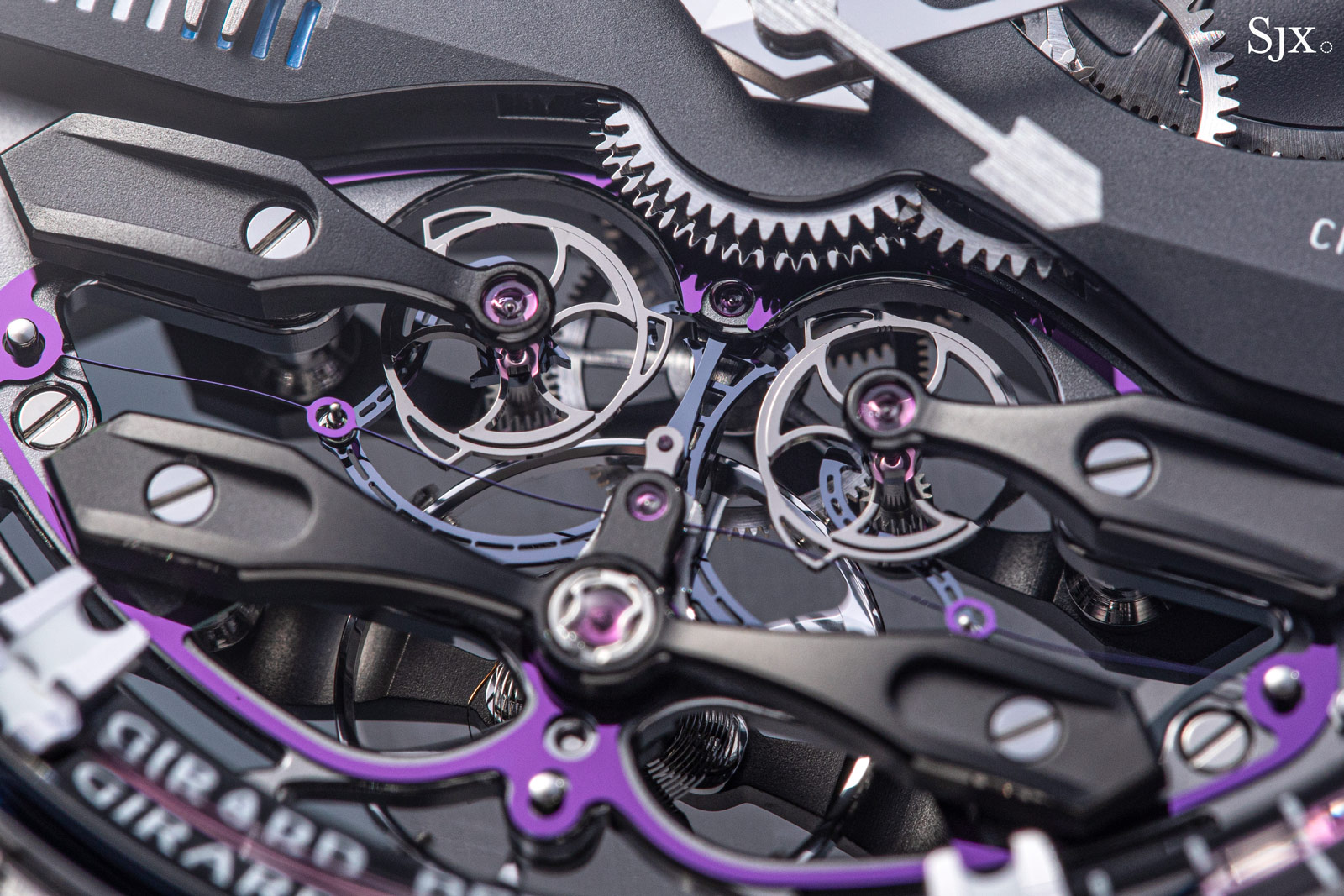
Brandon Moore
Technical Contributor
While the A. Lange & Söhne Lange 1 Time Zone is far from the most complicated watch of the year, it excels at what it is. The second-generation of the model addresses the difficult problem of daylight savings time offsets in a novel and elegant way.
Most world time watches fail to adequately handle this issue, with the result that they display the incorrect time for many cities for about one month every year, limiting their utility. Lange has solved this problem with a simple window integrated into the pointer for the cities disc. If the window turns red, it means the selected city observes daylight saving time and the user may need to factor that in before joining a Zoom call, for instance.
The downside of its impressive functionality is the multi-step setting process. Unlike no-frills GMT watches or conventional Cottier-style world timers, the Lange 1 Time Zone requires several steps to set, including pressing and holding the pusher in order to set only the primary, local time dial.
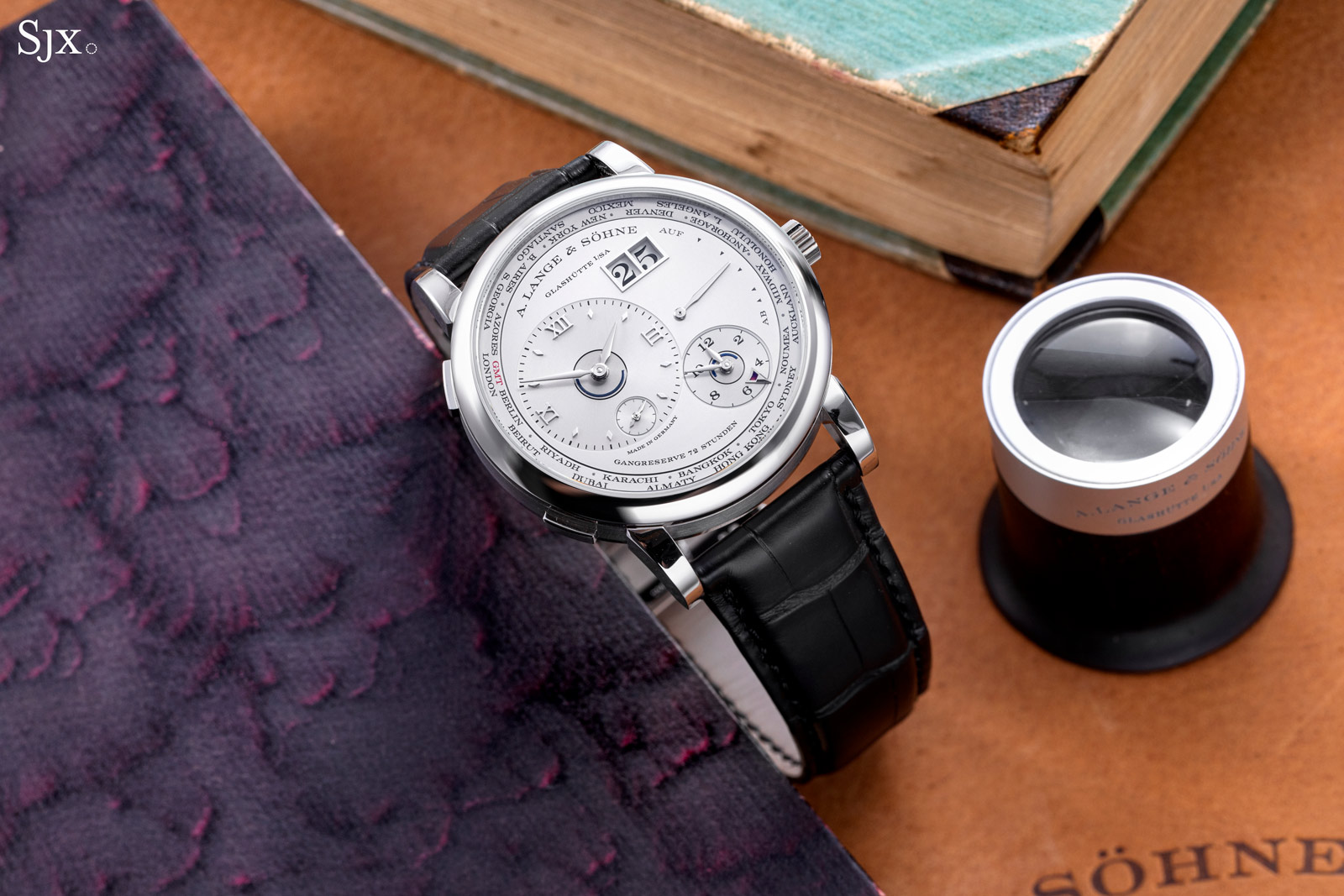
Rounding out my list is the A. Lange & Söhne Odysseus Chronograph, a thoughtful take on the luxury-sports chronograph. With its central minutes counter and clever multi-function pushers, it makes a strong technical statement and fits perfectly into the Odysseus collection.
As expected of Lange, the L156.1 is an all-new calibre and not repurposed existing movement. The chronograph has a novel feature in the form of a memory-reset central seconds: the elapsed seconds hand will rapidly circle the dial as its resets, making the same number of revolutions as the elapsed minutes. Being instantaneous, the multiple revolutions are different to discern with the naked eye, but it is an unusual feature that adds a layer of complexity to the movement, although traditionalists might argue it’s a gimmick that’s out of place on a Lange.
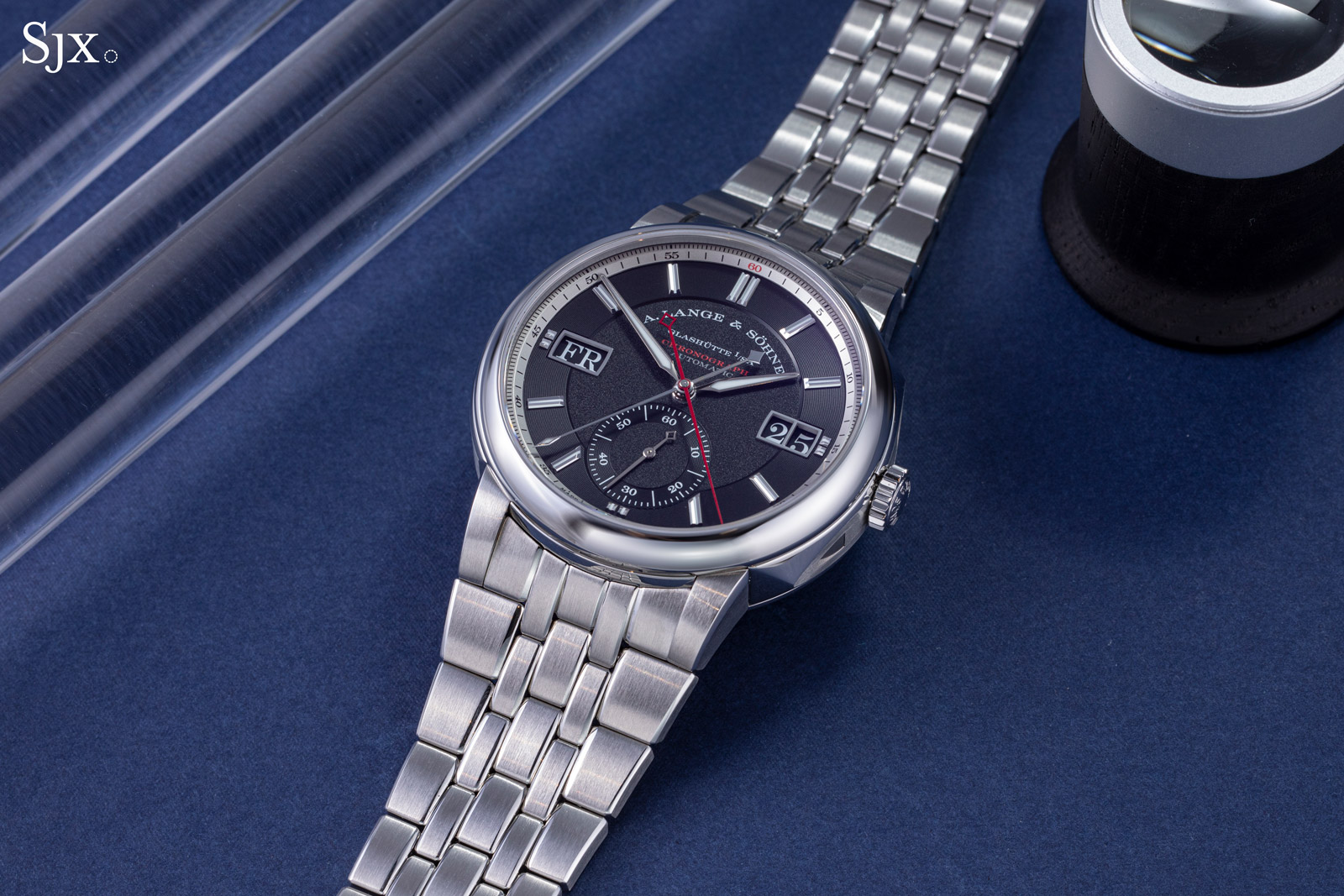
More practical are the clever dual-use pushers. With the crown in the winding position the pushers function as expected to operate the chronograph, but with the crown pulled out to time-setting, the pushers serve to advance the twin calendar displays.
Notwithstanding its evident qualities, the approximately-US$150,000 retail price is a stretch. It feels like Lange is pricing this according to secondary-market value, rather than intrinsic features. Fundamentally this is a self-winding chronograph in a steel case, making the price hard to justify. Even Lange’s own 1815 Rattrapante, a split-seconds chronograph in platinum, costs just US$15,000 or so extra.
Back to top.








